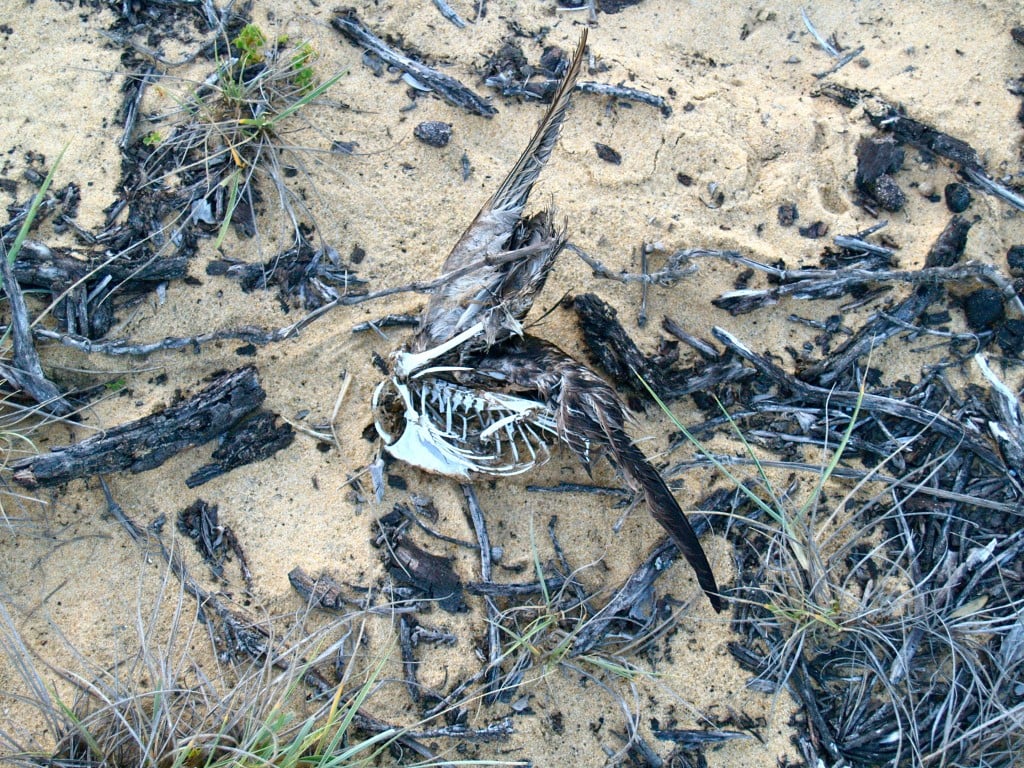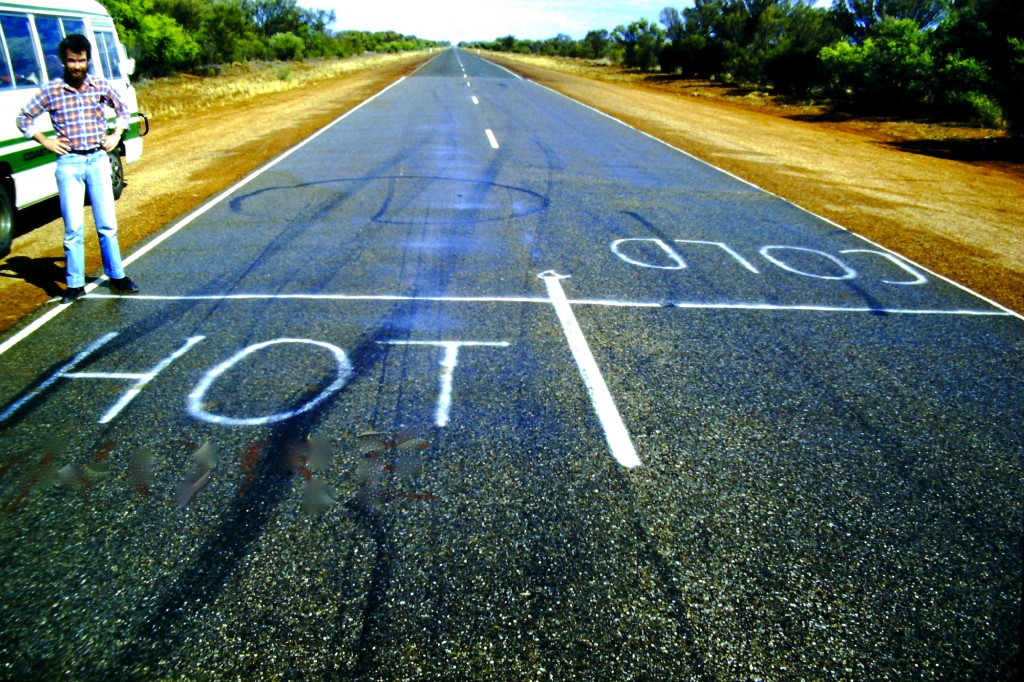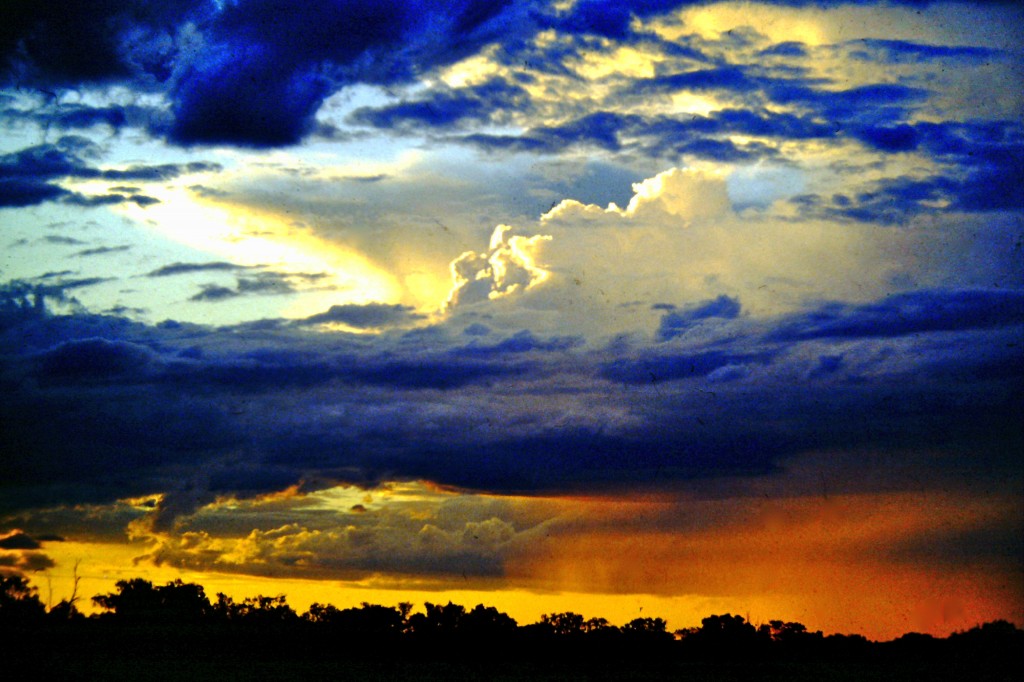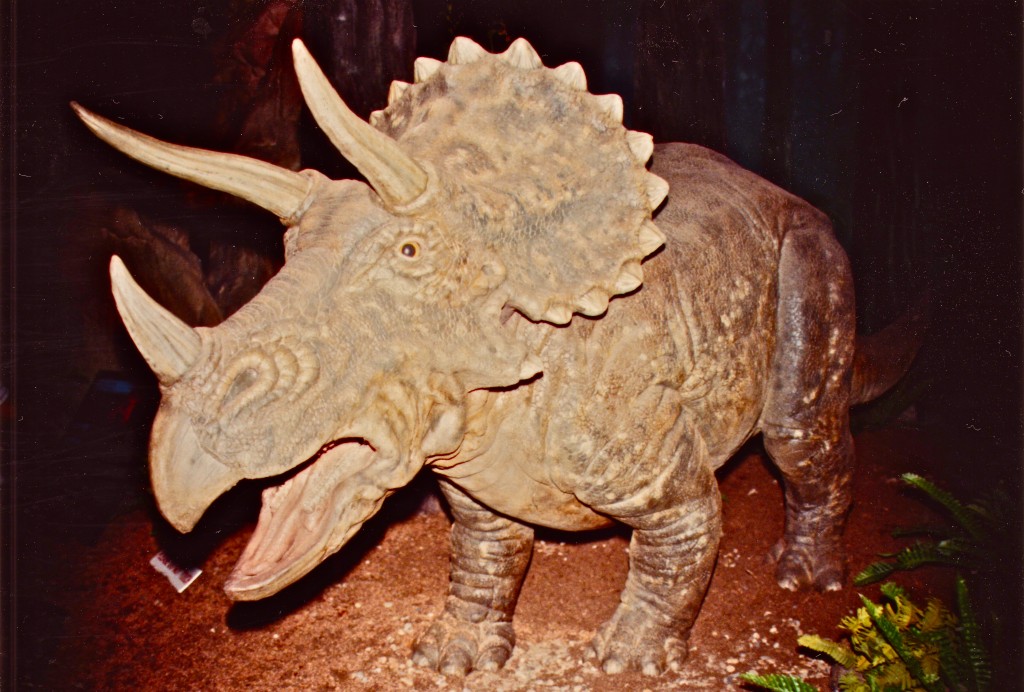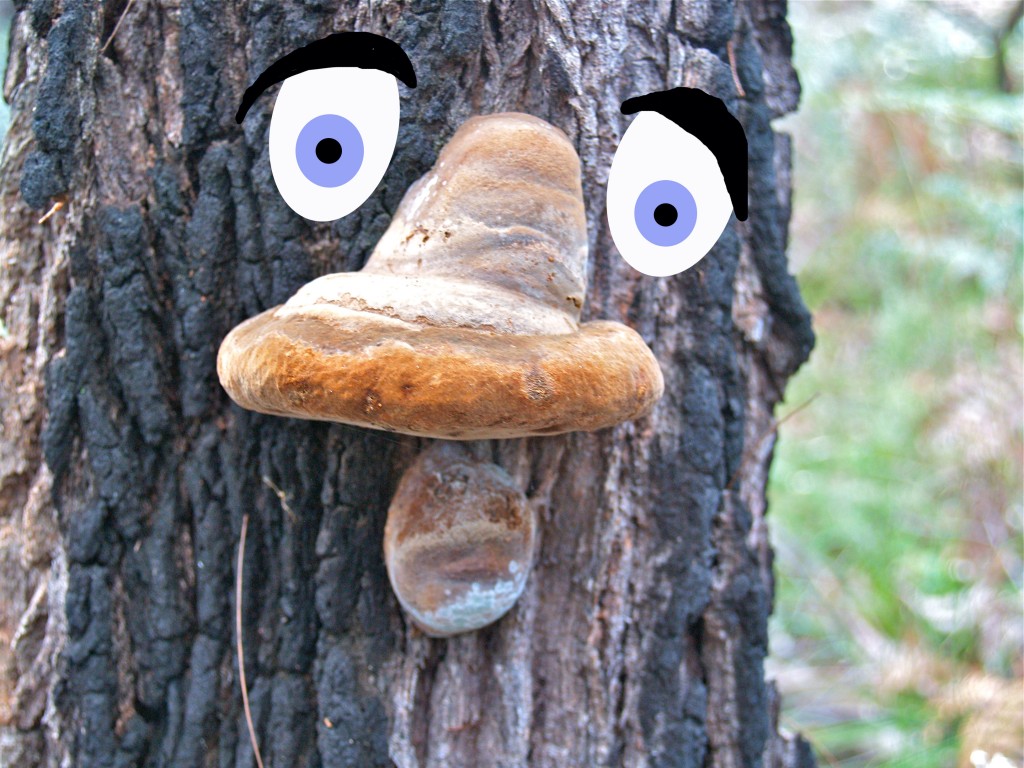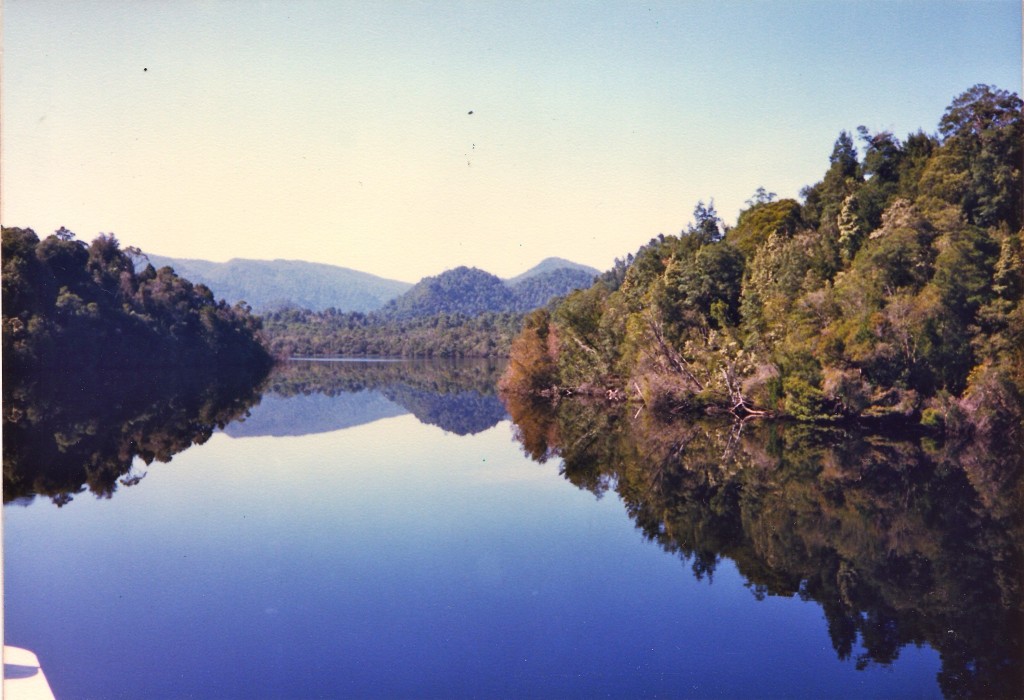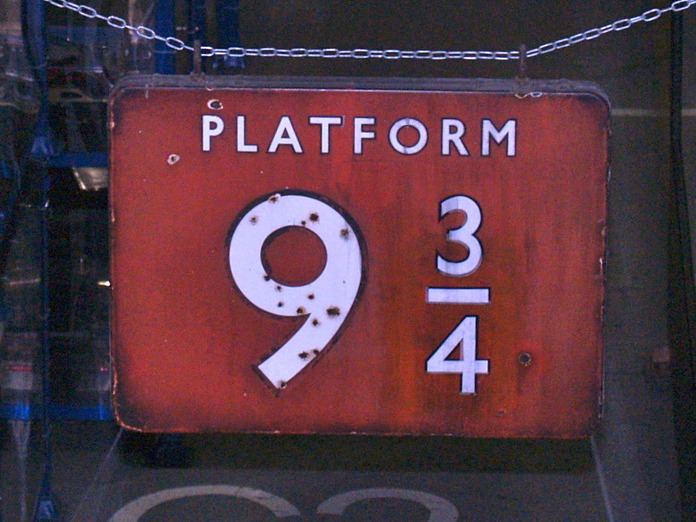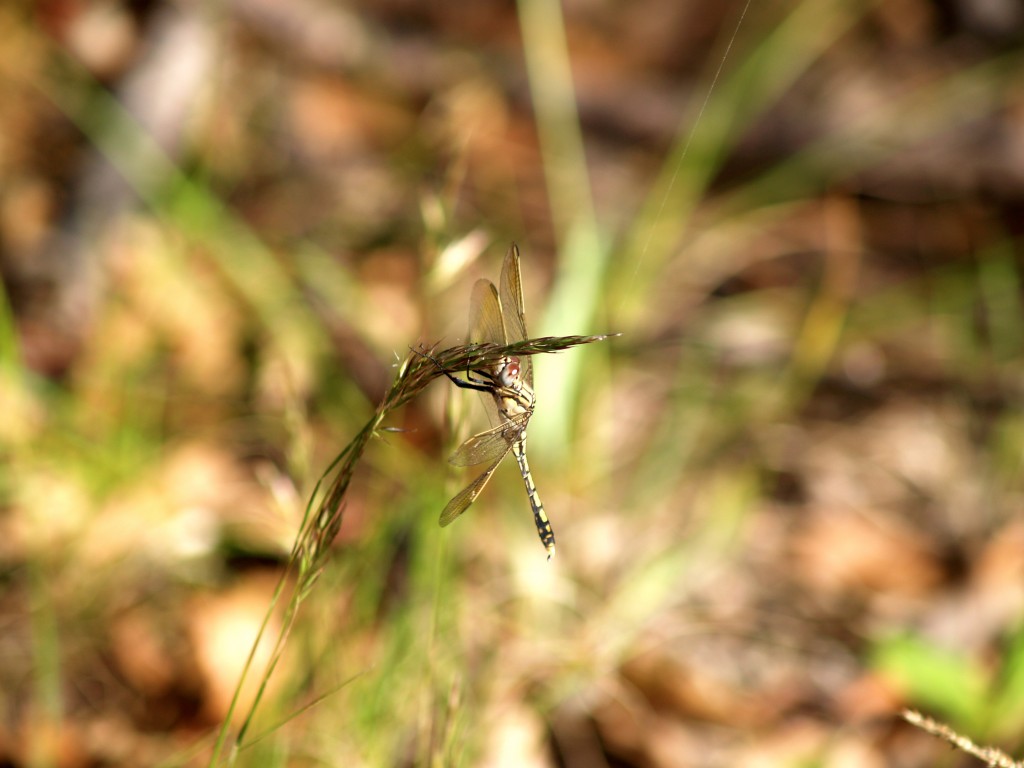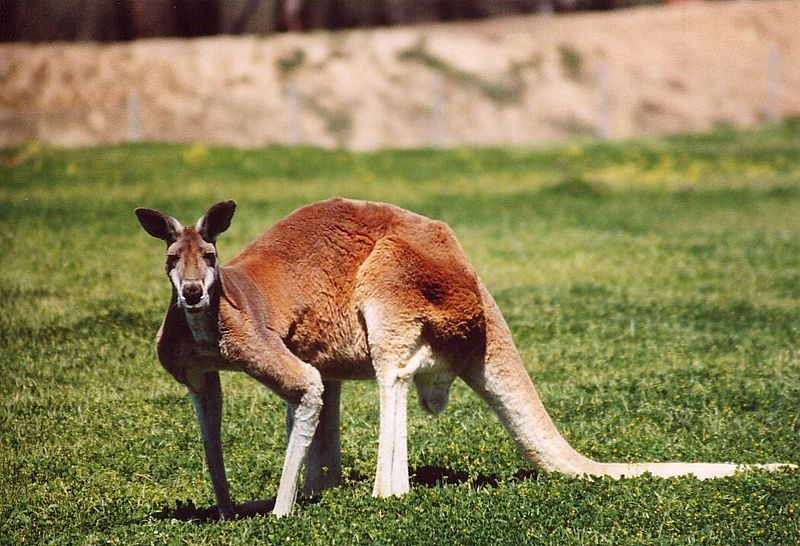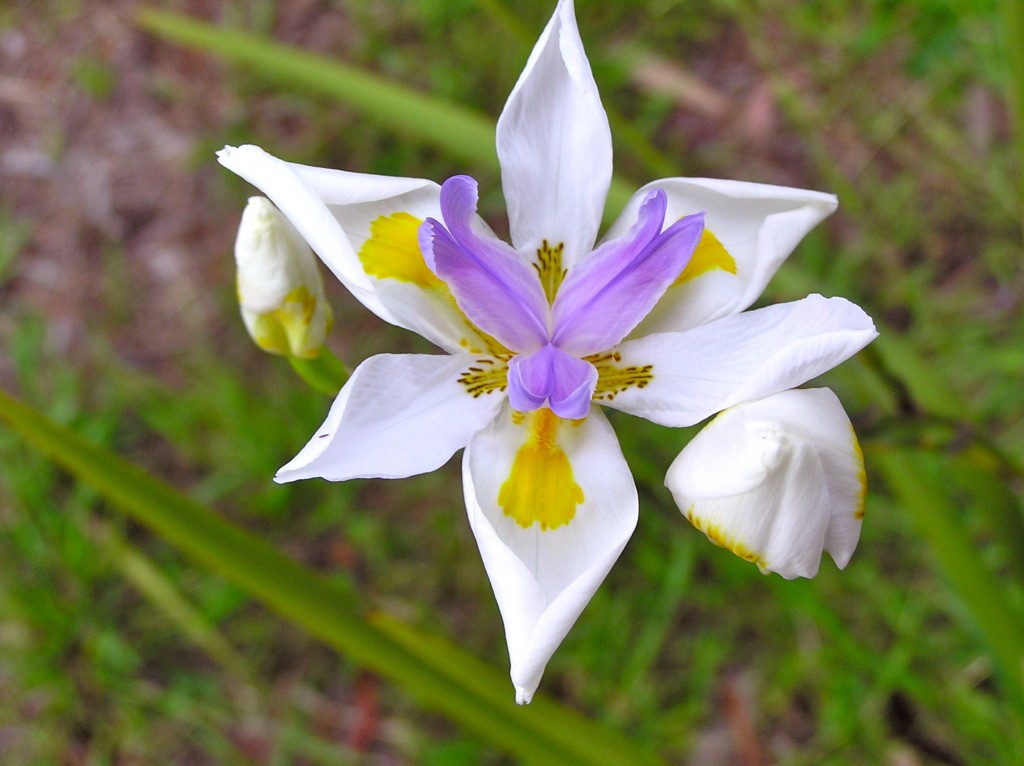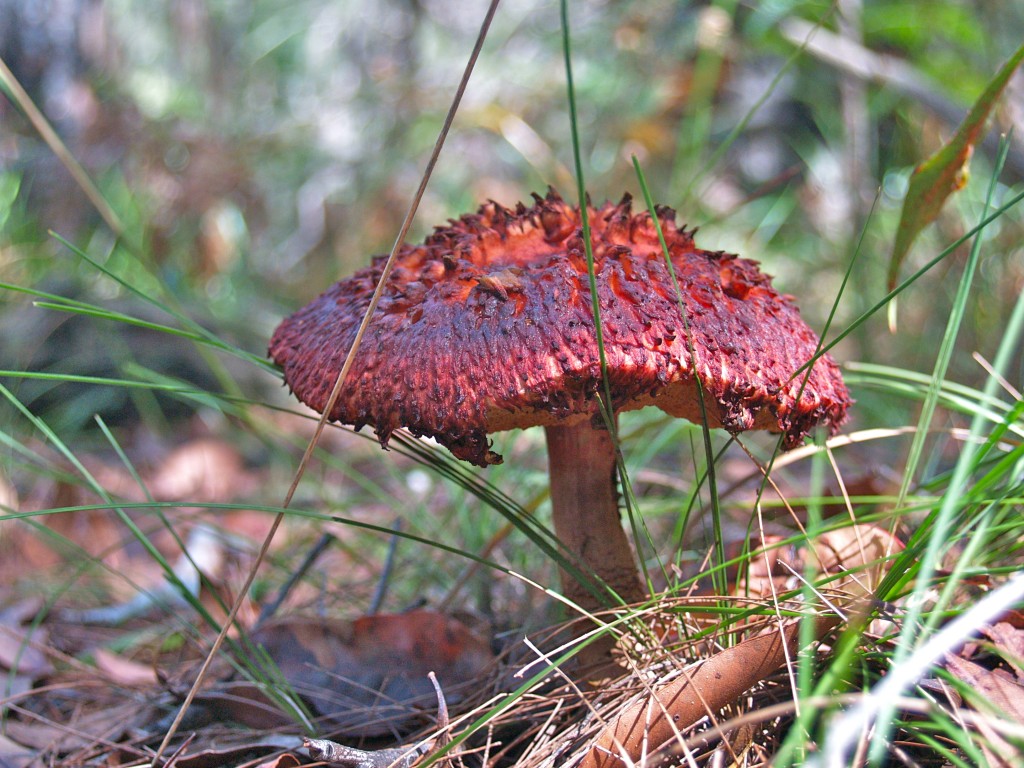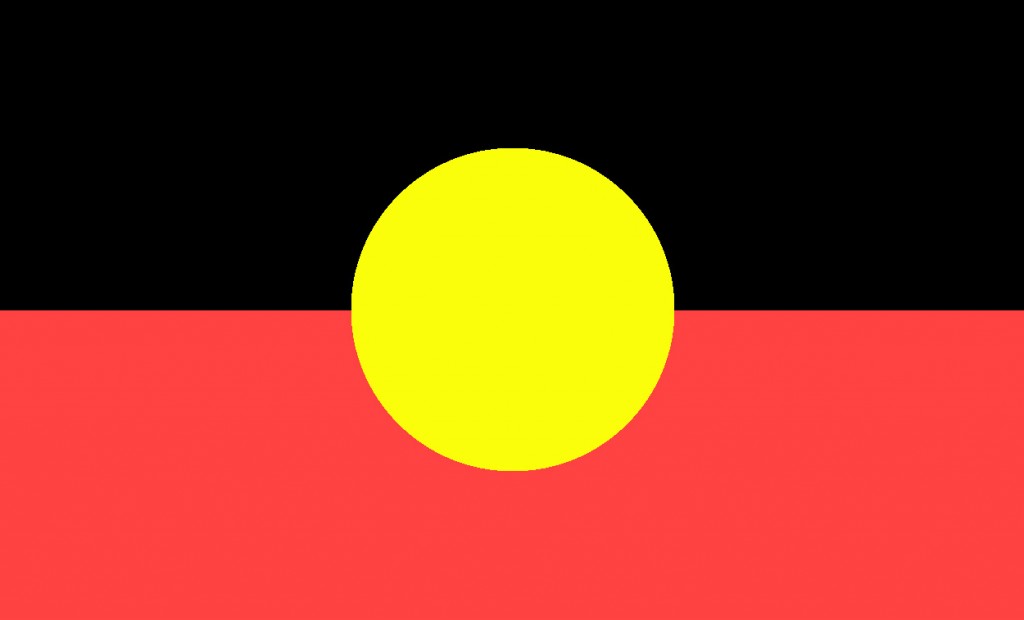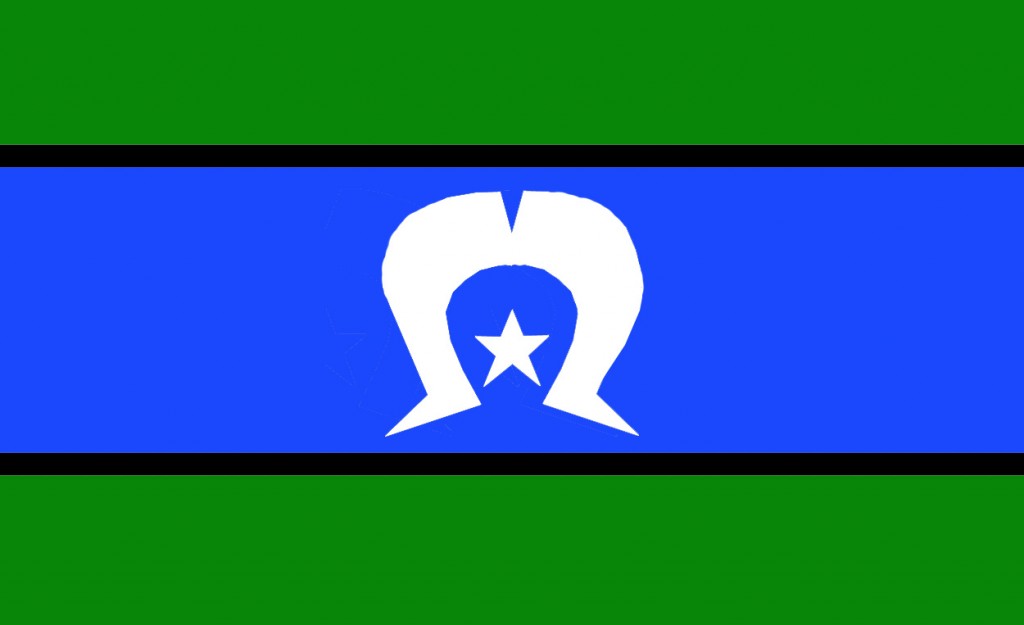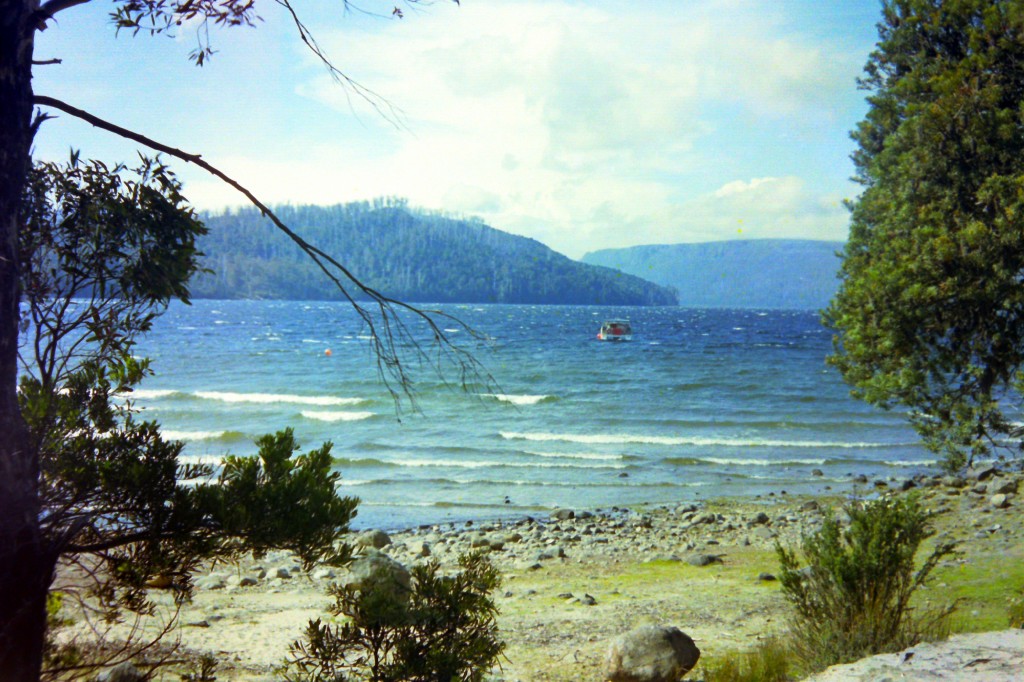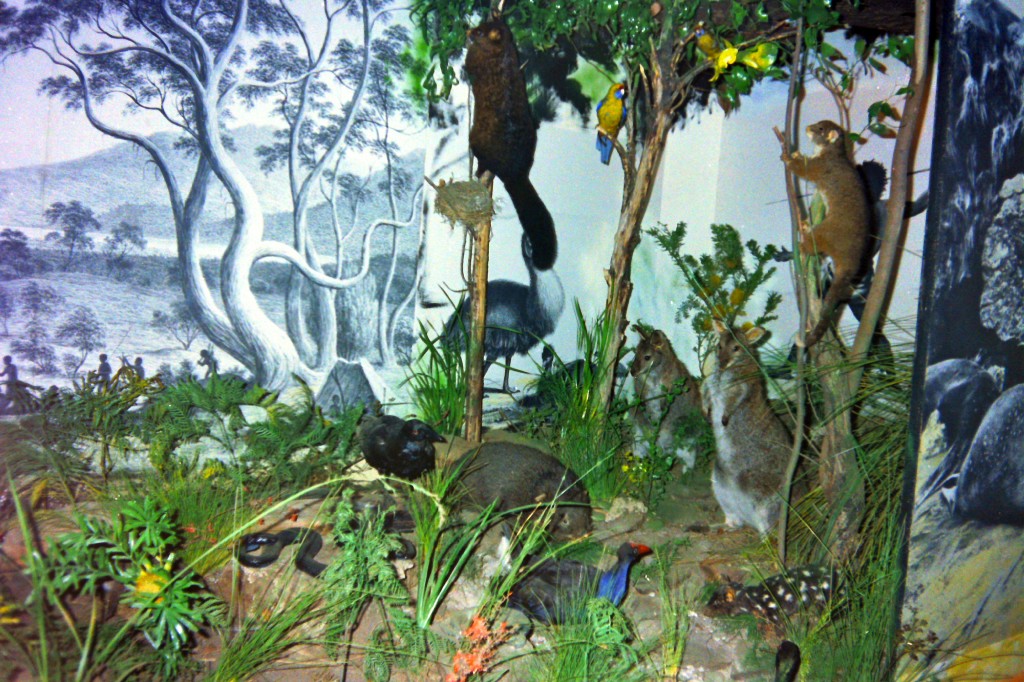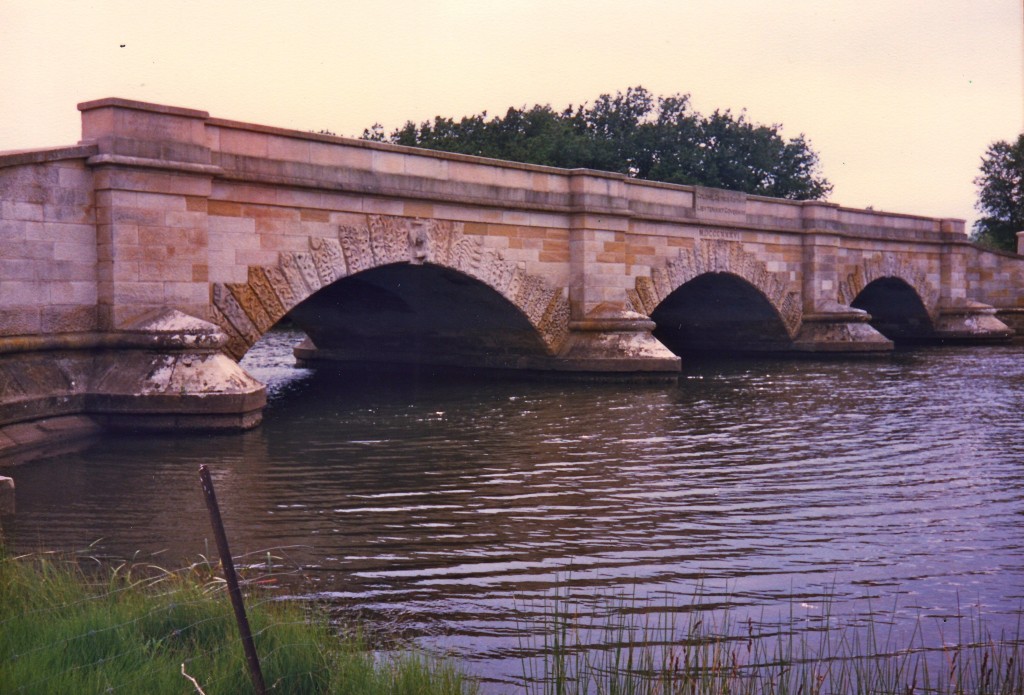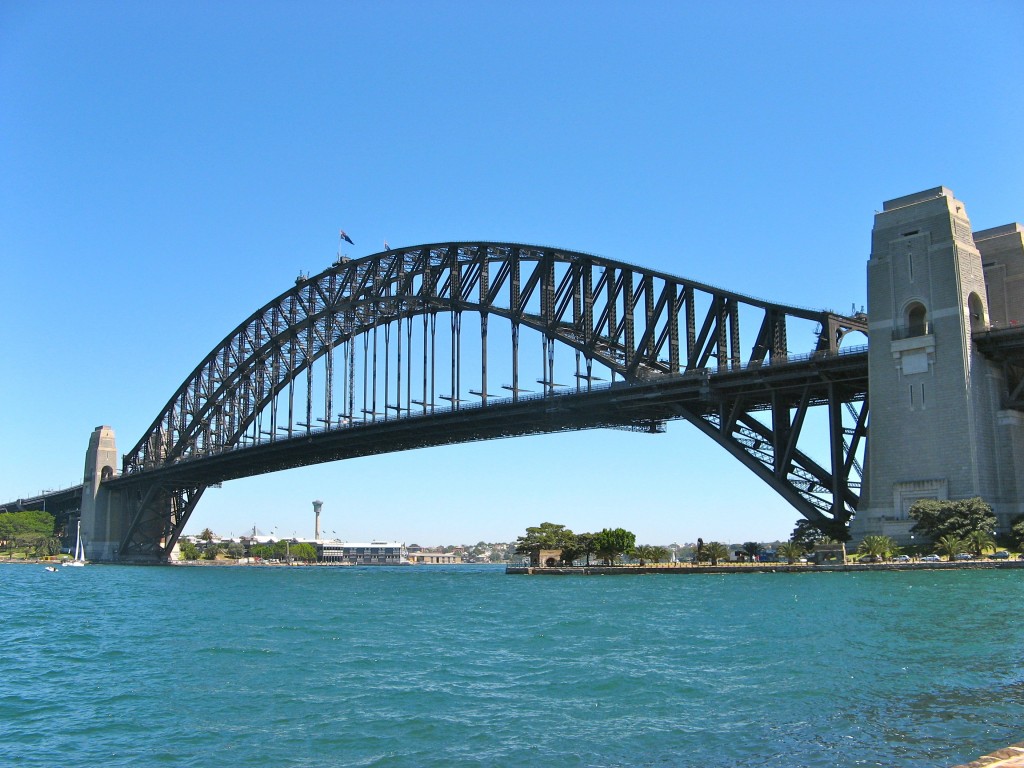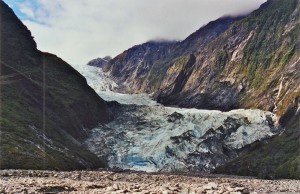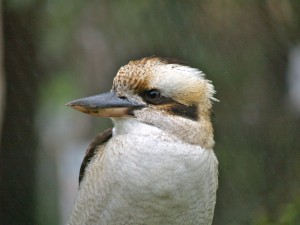For the Techie Kids blog, click on Techie Kids
Dear Katey,
As promised, here is a post showing some of the things to see in my region. My town is on the southern coast of the state of New South Wales, Australia. Our shire has a history in dairy farming, gold mining, fishing, whaling and tourism. Gold mining and whaling are now part of history. Some people still use metal detectors to try to find gold in the hills and the only whaling is whale watching where tourists see the annual whale migrations along our coast. Dairy farming, fishing and tourism are important parts of our region's economy.
It was back in 1847 the first of my family migrated from Scotland to the Bega Valley. They established their farm in the 1850s. This means my mother's side of the family is one of the oldest families in our shire. A cousin still runs a dairy farm, his milk going into the making of Bega Cheese, naturally a favourite of mine. With my family's history, I thought I'd start with some photos of the old family dairy farm.
On the Dairy Farm
When the weather has been kind, the farm is a mass of green but drought can turn this scene brown.

Schools and students have permission to use this graphic for non-commercial, educational purposes.
Location: Bega, N.S.W., Australia

Schools and students have permission to use this graphic for non-commercial, educational purposes.
Location: Bega, N.S.W., Australia
This is an aerial view I took from a plane. From the coast, across Wallagoot Lake and to the mountains on the horizon is much of my shire. The farm is on the far right towards the distant mountains.

Schools and students have permission to use this graphic for non-commercial, educational purposes.
Location: Bournda National Park, N.S.W., Australia
In My Town
We have two main beaches in my town. This is the longer one to the south. It is known as Pambula Beach. It stretches to the town of Pambula. The photo was taken along a coastal walking track in town.
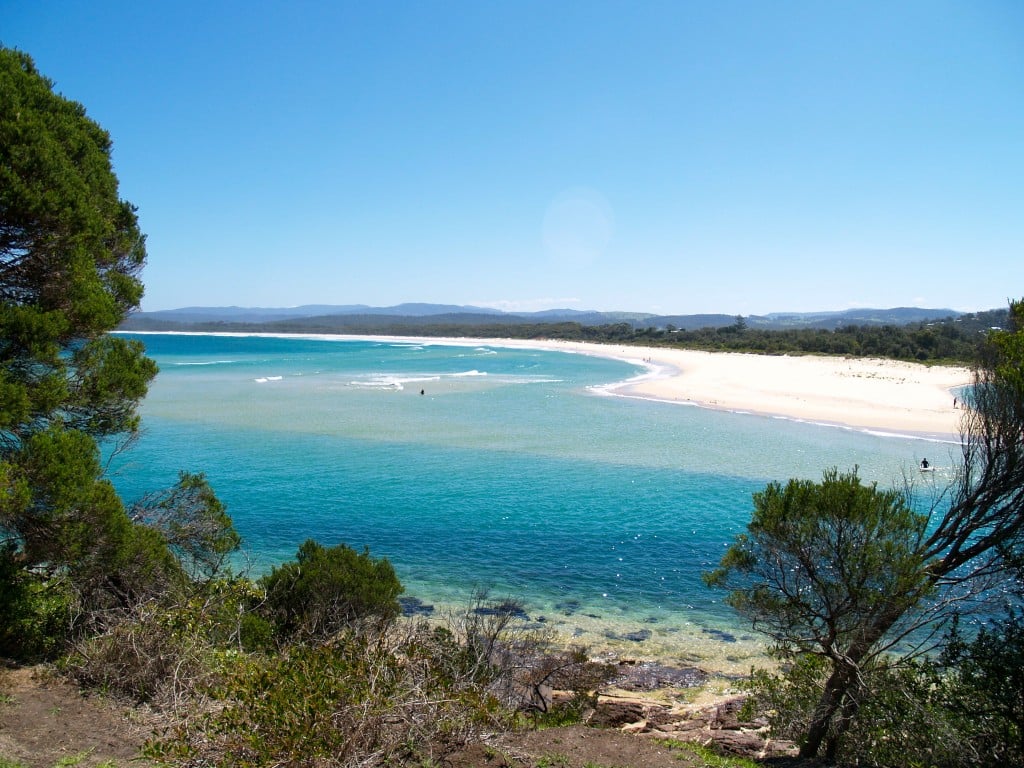
Schools and students have permission to use this graphic for non-commercial, educational purposes.
Location: Merimbula, N.S.W., Australia
A view from the same track across the lake to my town, Merimbula.

Schools and students have permission to use this graphic for non-commercial, educational purposes.
Location: Merimbula, N.S.W., Australia
Surfing and other beach sports are popular.
These photos were taken at our annual surf competition, the Merimbula Classic. 
Schools and students have permission to use this graphic for non-commercial, educational purposes.
Location: Merimbula, N.S.W., Australia

Schools and students have permission to use this graphic for non-commercial, educational purposes.
Location: Merimbula, N.S.W., Australia
In The Bega Valley Shire
We have the latest ships come to our shire's harbour in Eden, Twofold Bay.
This really is the replica ship, HMB Endeavour. It was modelled on the Endeavour sailed by Captain James Cook in 1769 till he was killed in Hawaii in 1779. For more about the HMB visit to my area, here is the link to a post on another of my blogs...
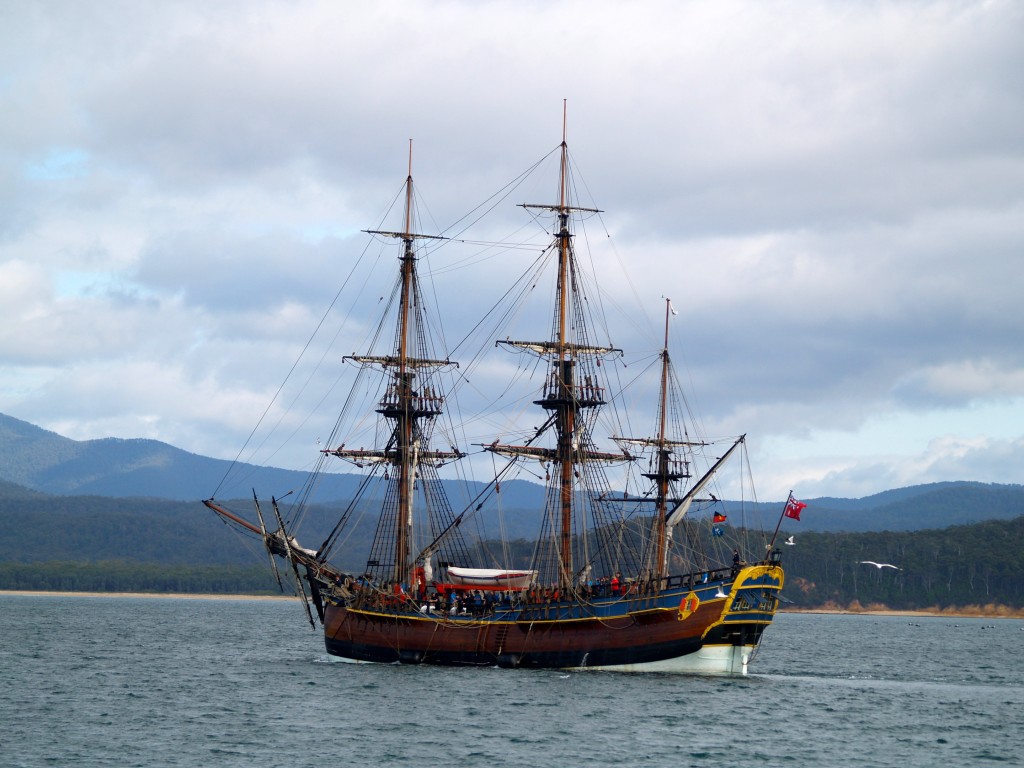
Schools and students have permission to use this graphic for non-commercial, educational purposes.
Location: Eden, N.S.W., Australia
There are historic, picturesque towns popular with tourists. This is Tilba.

Schools and students have permission to use this graphic for non-commercial, educational purposes.
Location: Tilba, N.S.W., Australia
There's even an annual jazz festival.

Schools and students have permission to use this graphic for non-commercial, educational purposes.
Location: Merimbula, N.S.W., Australia
National Parks with coastal walks - This is in Bournda National Park

Schools and students have permission to use this graphic for non-commercial, educational purposes.
Location: Bournda National Park, N.S.W., Australia
And just in case this is all boring, here are some more animal photos some of which I have not before shared.
This is a white-bellied sea eagle (Haliaeetus leucogaster) seen along our coast.

Schools and students have permission to use this graphic for non-commercial, educational purposes.
Location: Bournda National Park, N.S.W., Australia
Swamp Wallaby (Wallabia bicolor) . A marsupial. This little girl was orphaned and lives in an animal sanctuary.

Schools and students have permission to use this graphic for non-commercial, educational purposes.
Location: Potoroo Palace, N.S.W., Australia
Brushtail Possum (Trichosurus vulpecula) A marsupial

Schools and students have permission to use this graphic for non-commercial, educational purposes.
Location: Potoroo Palace, N.S.W., Australia
Laughing Kookaburra (Dacelo novaeguineae). Click on the link and you will see the Wikipedia page. On the right is a picture and information about the laughing kookaburra. Below that is an audio file. Click to play and you will hear the kookaburra's call. I sometimes wake to hear them in the park near my home.
This photo was only taken a day ago when one landed on my TV aerial.

Schools and students have permission to use this graphic for non-commercial, educational purposes.
Location: Merimbula, N.S.W., Australia
Soldier Crab (Mictyris longicarpus) When conditions are right for them, they can emerge in hundreds or thousands at low tide. The "army" of crabs wander across the sand feeding.
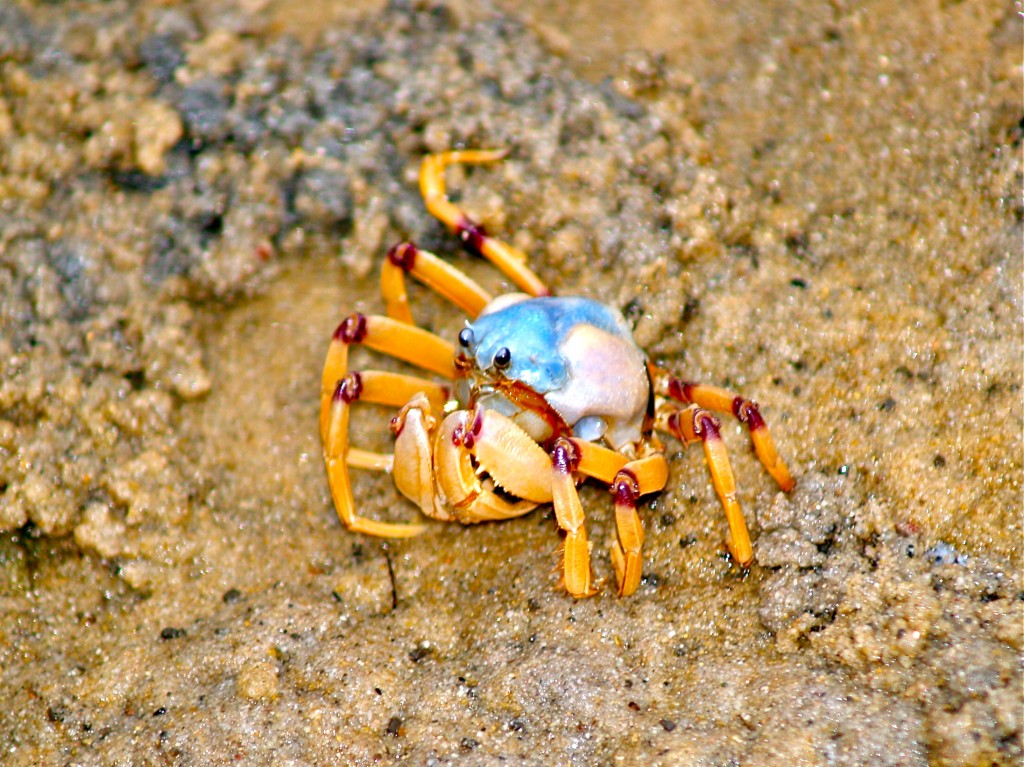
Schools and students have permission to use this graphic for non-commercial, educational purposes.
Location: Merimbula, N.S.W., Australia
Sea Urchin (I'm not sure which species)
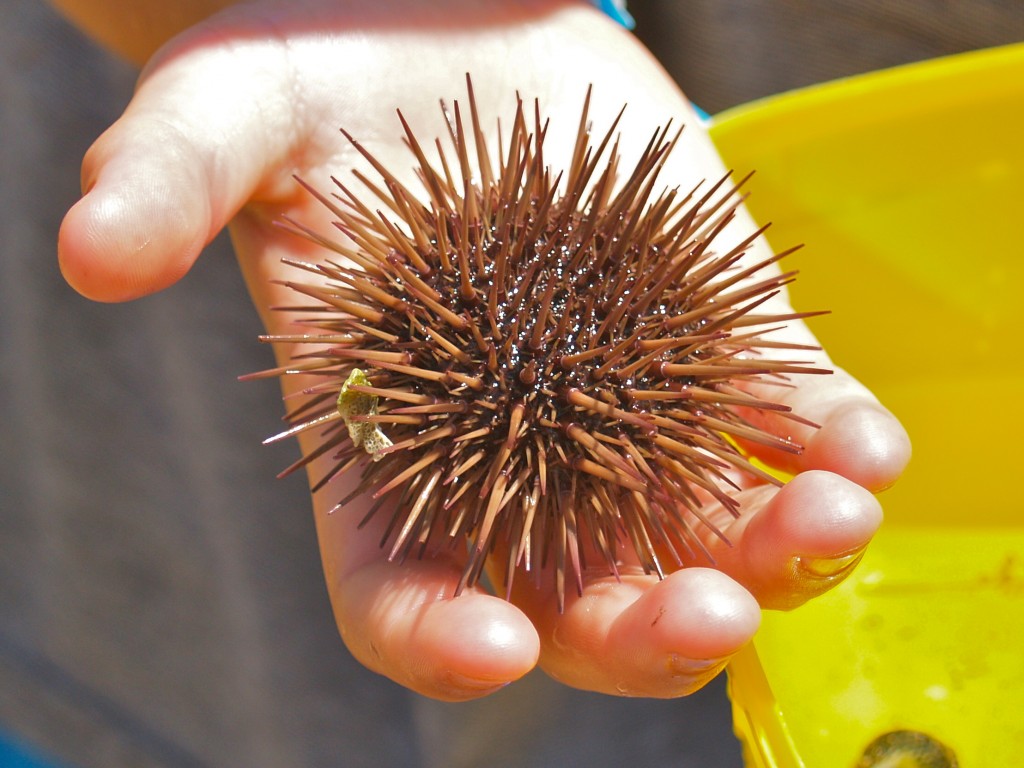
Schools and students have permission to use this graphic for non-commercial, educational purposes.
Location: Eden, N.S.W., Australia
You said you like dogs...
Each year, one of our local country shows has a wall climbing event for dogs. There prize is a large bag of dog food. The first two photos is of an eventual winner of the large dog section by clearing a higher wall.

Schools and students have permission to use this graphic for non-commercial, educational purposes.
Location: Pambula, N.S.W., Australia

Schools and students have permission to use this graphic for non-commercial, educational purposes.
Location: Pambula, N.S.W., Australia
The last is an entrant in the small dog challenge... not quite a champion wall climber but a good try. 🙂

Schools and students have permission to use this graphic for non-commercial, educational purposes.
Location: Pambula, N.S.W., Australia


